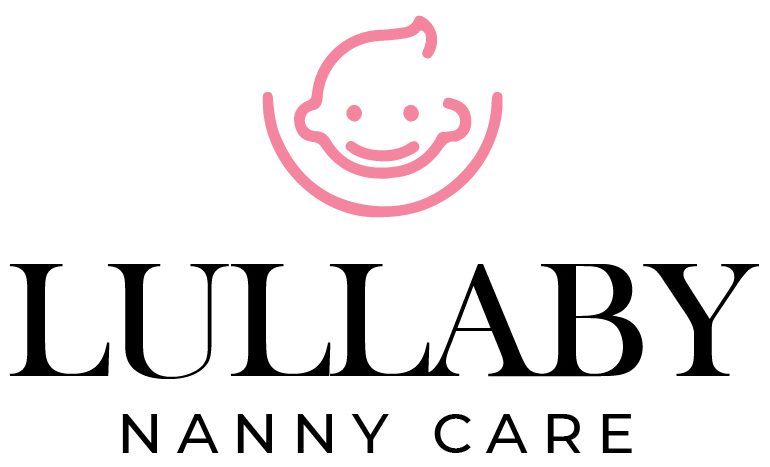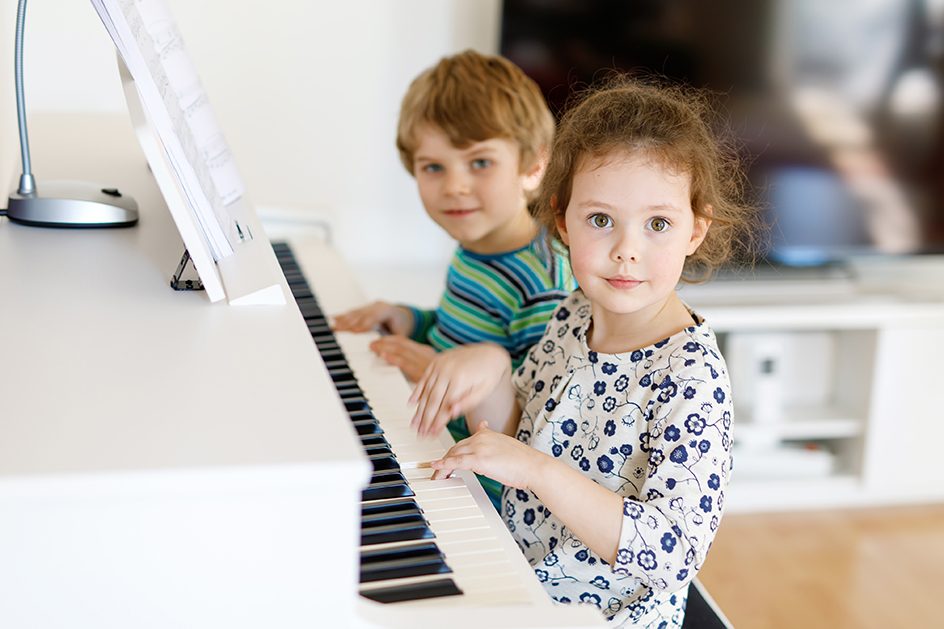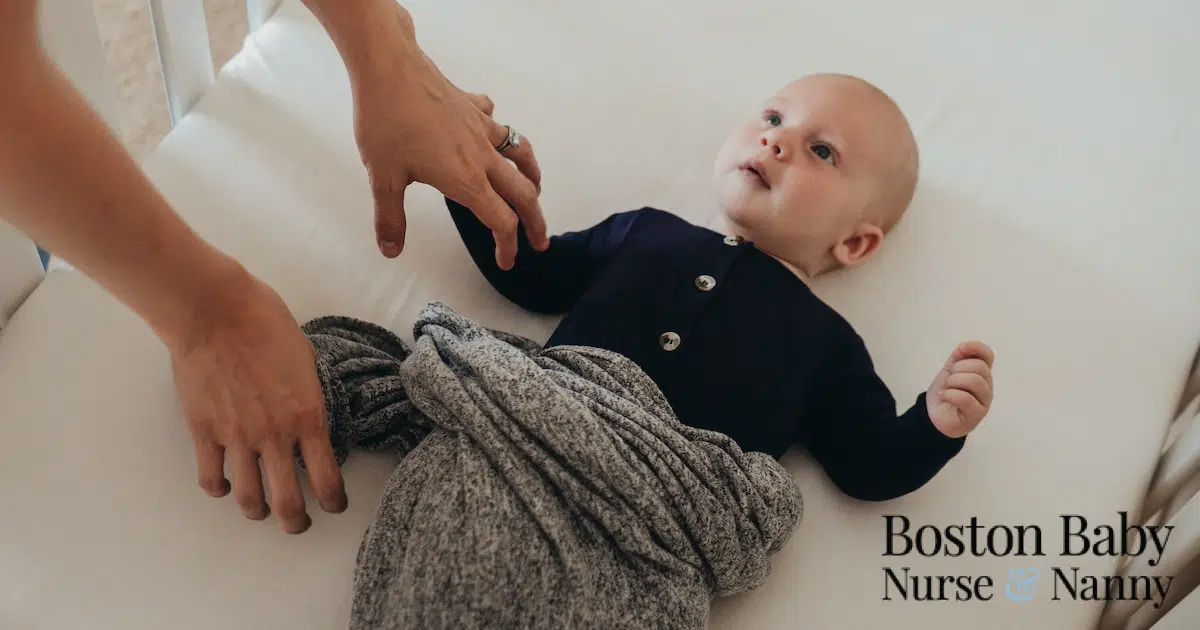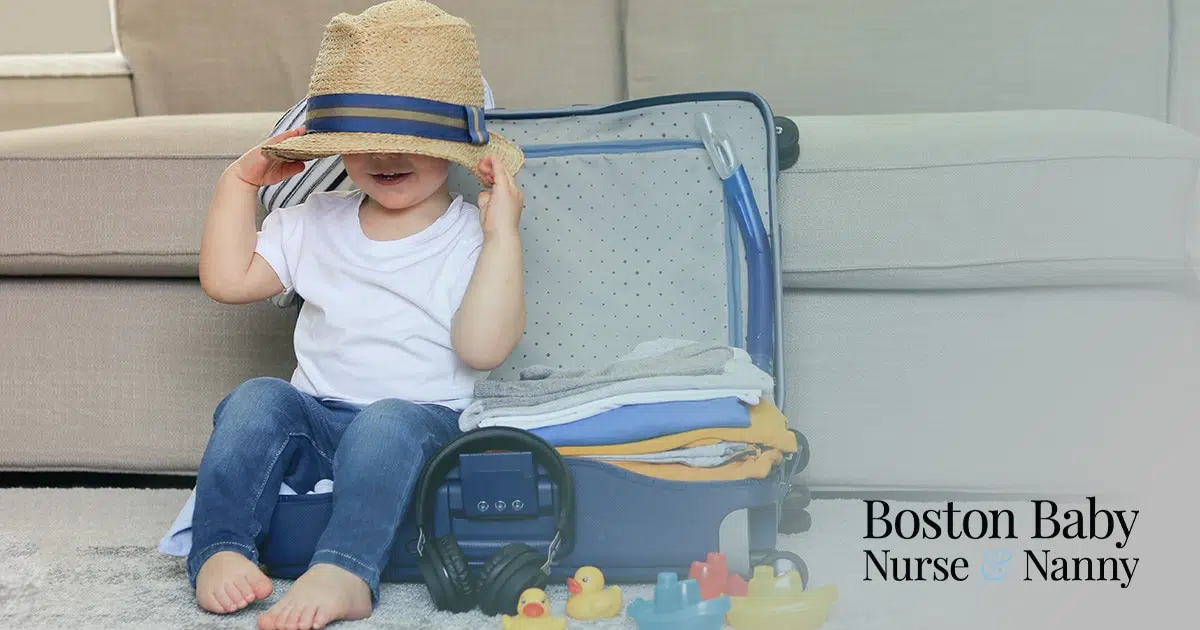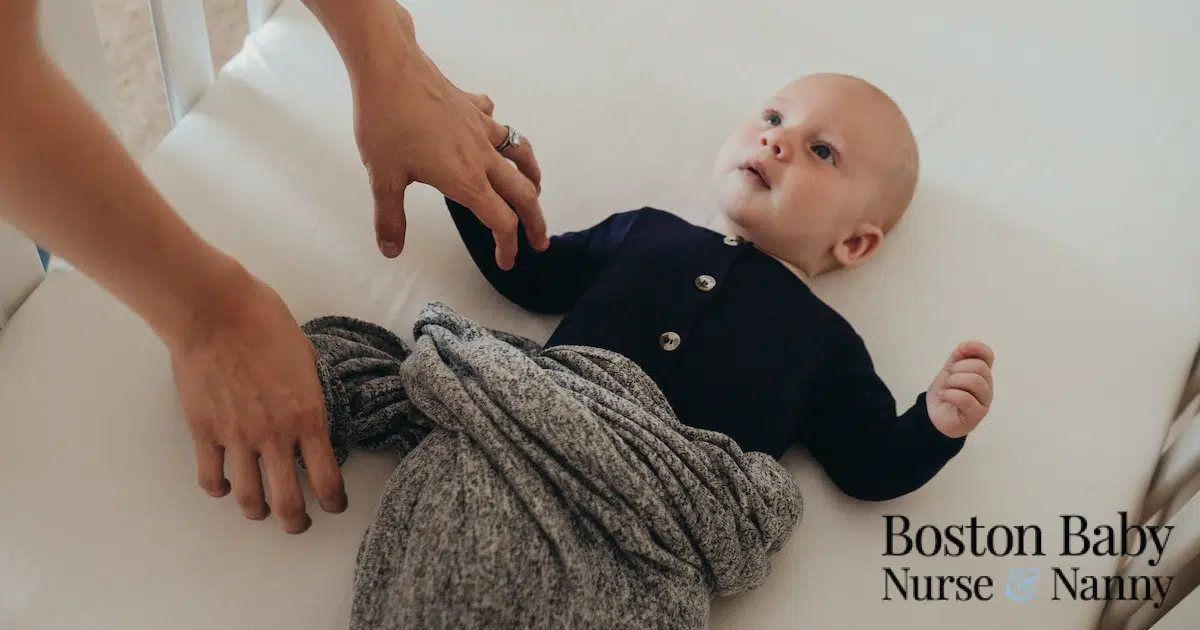
Is your child ever out of control? Do they not know how to calm themselves down? Sometimes, this can lead to throwing toys, hitting or screaming, and other undesirable behaviours. A Calm Down Corner is a safe place where children can take deep breaths and go to get some comfort.
A Safe Space is a Calm Down Corner
Calm down corners are not punishments; they’re not timeouts. Children may be able to go there by themselves if they get upset or their bodies become out of control. You must first show your child that the room is calm and soothing. Pillows, stuffed animals and prisms that catch light are all options. It can be as simple as a couch, book, or stuffed animal for older children. They may prefer to be in their room to get some alone time if they feel upset. While one child might prefer to be alone with a book or a stuffed animal, another might want to cuddle with you in a calm space. It’s up to the child to decide what is most important.
Why timeouts don’t work
Timeouts are not used as punishment because they have no connection to the child’s ‘wrong’. This logic doesn’t make any sense to children. What connection is there between throwing a brother’s Lego creation and having her sit in the timeout chair? The child should leave the area and get out of the legos for the afternoon. This is a more logical connection.
This is a great opportunity to encourage your child to read or snuggle in a calm area. It shouldn’t be a place where the child feels forced to go, but rather a welcoming and comfortable space. It should be a place that is beautiful, with a canopy or sensory walls. Every moment should be used as an opportunity to learn. After the child has ‘cooled down, be sure to discuss a better solution. It is important to show children how to express emotions properly and how to manage the situation in the future better.
Letting Out Big Emotions
Remember that tantrums and meltdowns are common for all ages. Erin Taylor, a family counsellor who is also our online Positive discipline Class instructor, states that sending children to their rooms or timeouts just “Stuff down their emotions, which is not healthy.” Emotions are energy moving. It is important to let them express their emotions. It is crucial to ensure that our children are safe when they throw tantrums. Next, let them get the energy out of their bodies.” Then it is time to discuss what everyone can do to prevent another tantrum. While the child might need to be more assertive, parents may need to help them keep their hands off each other. Together, come up with a solution!
What to include in Your Calm Down Corner
Your Calm Down Corner should be in a calm place. You can add pillows, blankets, stuffed animals and fidget toys to your Calm Down Corner. You can also print out a poster showing your feelings and a second visual that illustrates calm techniques. Both are available in our online class. Finding the right way to calm down when we are upset can be difficult. This is why we put up a wall. Playdough, a stress ball, or handprints can be useful to release tension.
These are some ideas for creating quiet corners:
- A large cardboard box with windows that looks like a fort.
- Large laundry basket stuffed with pillows and blankets, surrounded by sensory walls.
- A tent with white lights and stuffed animals ( tent).
- A beanbag chair in an area with puzzles, books and other items.
- A canopy with pillows and a feelings poster.
- A teepee equipped with a soft shag rug, puppet characters and rope
The Calm Down Corner
A calm-down corner is great because kids want to go there, and it’s not a fight. You can also take deep breaths there as a parent! You can also enjoy the following benefits:
- Before children get out of control, they learn self-regulation skills.
- Children can use visuals and resources to help them understand emotions. You might hear your child using the illustrated language if you have a chart showing different anger levels. “I am so mad, I am in the red zone!”
- Children can learn to appreciate the calm down corner. You can alter the visuals, toys, comforting items, and location.
- Once the child is calm, the adult can have a rational conversation and make the event a learning experience.
